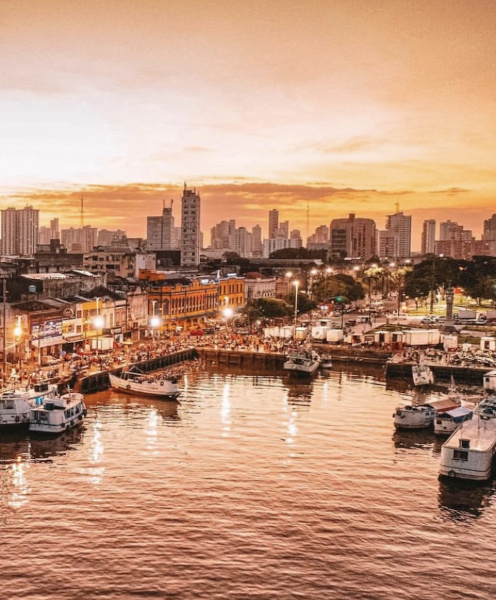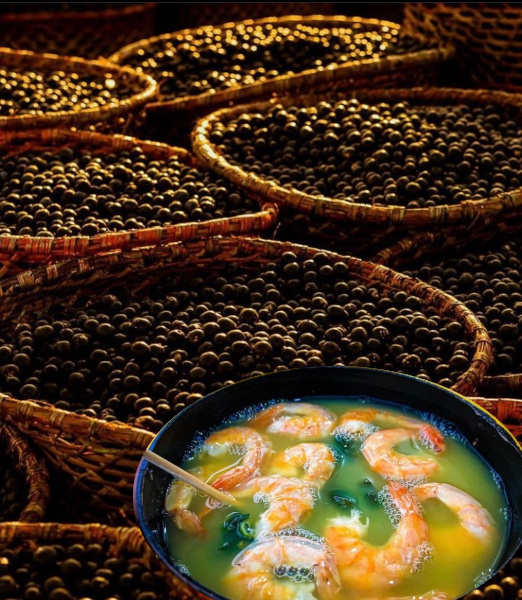Belém has a wide variety of typical foods, including duck in
tucupi; maniçoba, also known as feijoada from Pará and made with crushed
cassava leaves that need to be cooked for days; tacacá, a dish prepared
with tucupi, jambú and shrimp and vatapá, unlike the Bahian version, does
not contain cashew nuts or peanuts and is prepared with shrimp-based cream,
wheat flour, coconut milk, palm oil, chicory, seasoning green and salt;
Northeastern dishes such as caruru and cassava cake are also present. As
notable ingredients we have freshwater fish; crab and acai, which in addition
to being consumed as a dessert, as in other regions of the country, is also
usually served as an accompaniment to savory dishes, such as fish and meat.







